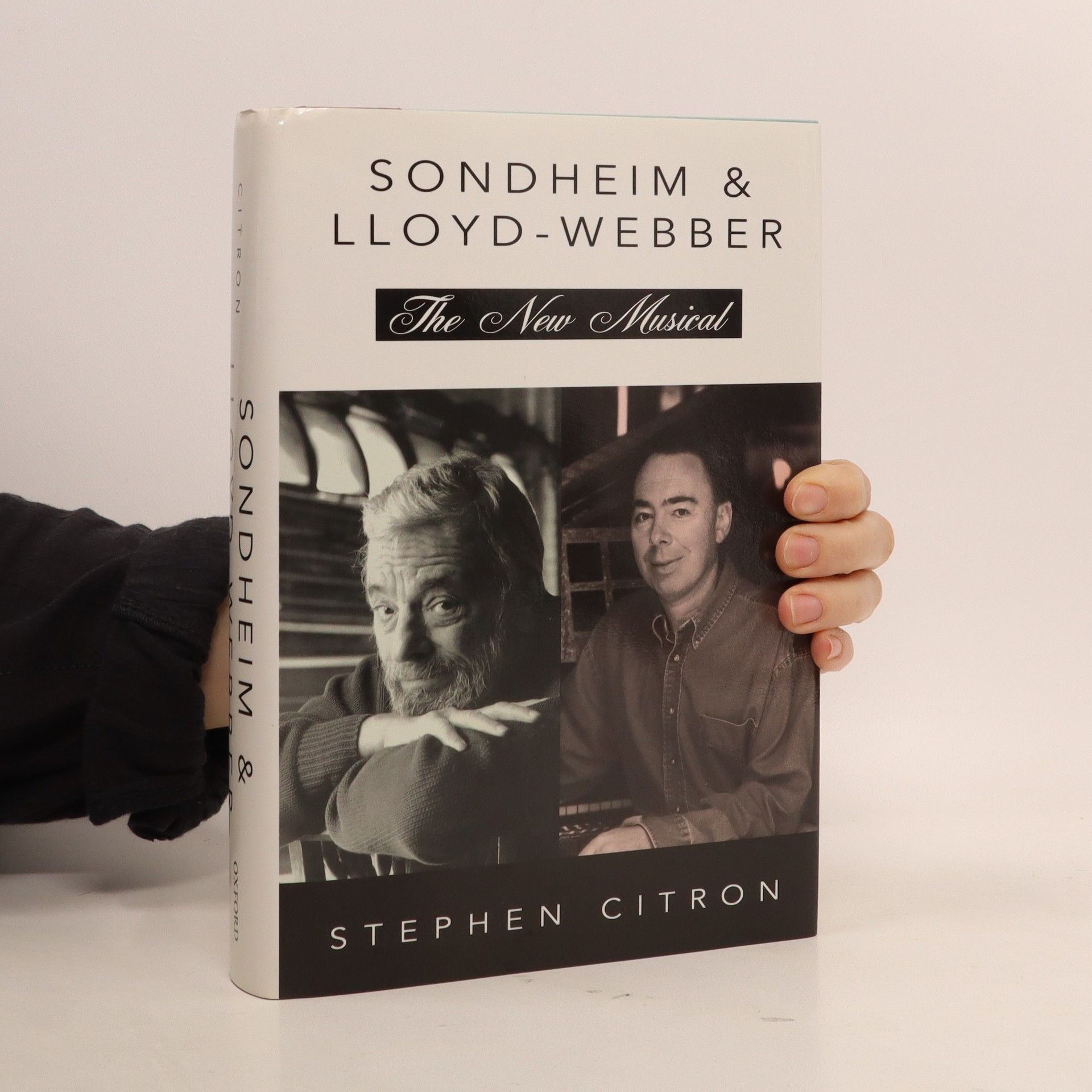The New York Times hailed Stephen Sondheim as "the greatest and perhaps best known artist in the American musical theater," while Andrew Lloyd-Webber was recognized as "the most commercially successful composer in history." Critics agree that these two giants have shaped world musical theater over the last quarter century and will influence its future direction. The book begins with Sondheim's early works, including West Side Story, Gypsy, and Do I Hear a Waltz?, and explores his significant scores for Saturday Night, Company, Anyone Can Whistle, Follies, Pacific Overtures, A Little Night Music, Sweeney Todd, Merrily We Roll Along, Sunday in the Park, Into the Woods, Assassins, and Passion. Similarly, it delves into Lloyd-Webber's contributions, from his early pieces like The Likes of Us and Joseph to iconic shows such as Jesus Christ Superstar, Evita, Cats, Starlight Express, Aspects of Love, By Jeeves, The Phantom of the Opera, Song and Dance, Mass, and Sunset Boulevard, culminating with Whistle Down the Wind. The works of these two remarkable artists are contextualized alongside their contemporaries, making them accessible to both casual and professional readers. Featuring a comprehensive chronology, extensive quotations, and many previously unpublished illustrations, this book illuminates the future of a vital art form that has defined the twentieth century, making it essential reading for anyone interested in contempo
Stephen Citron Knihy
